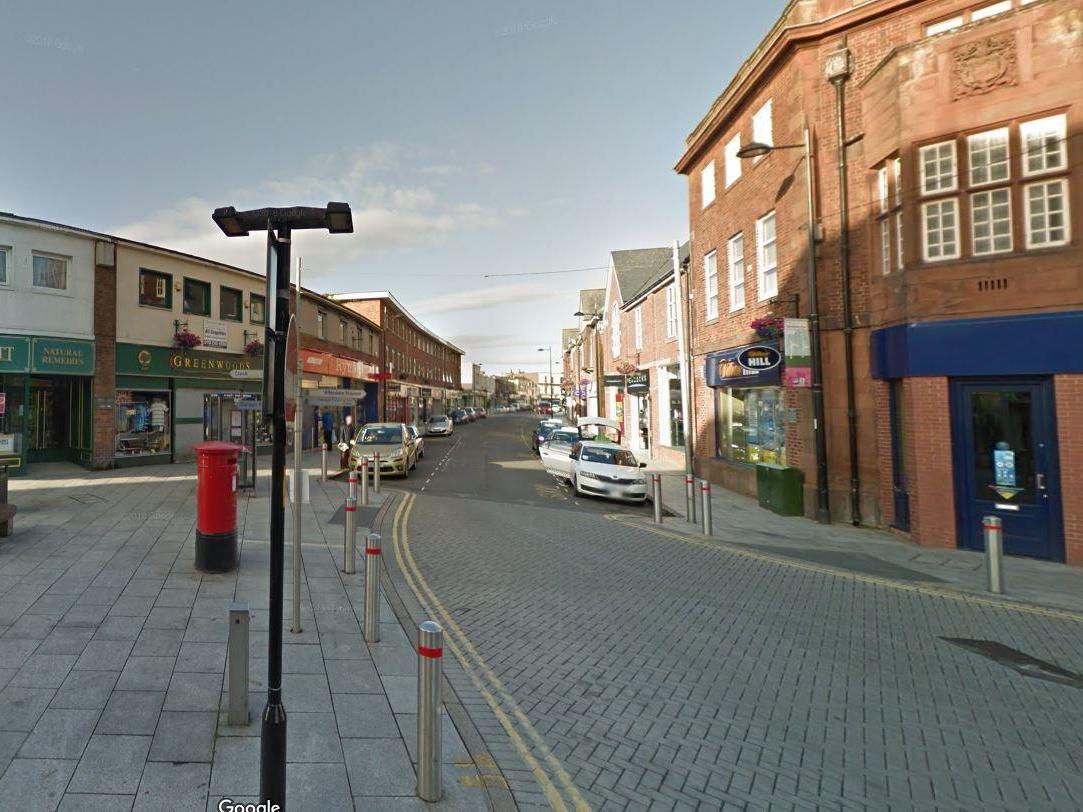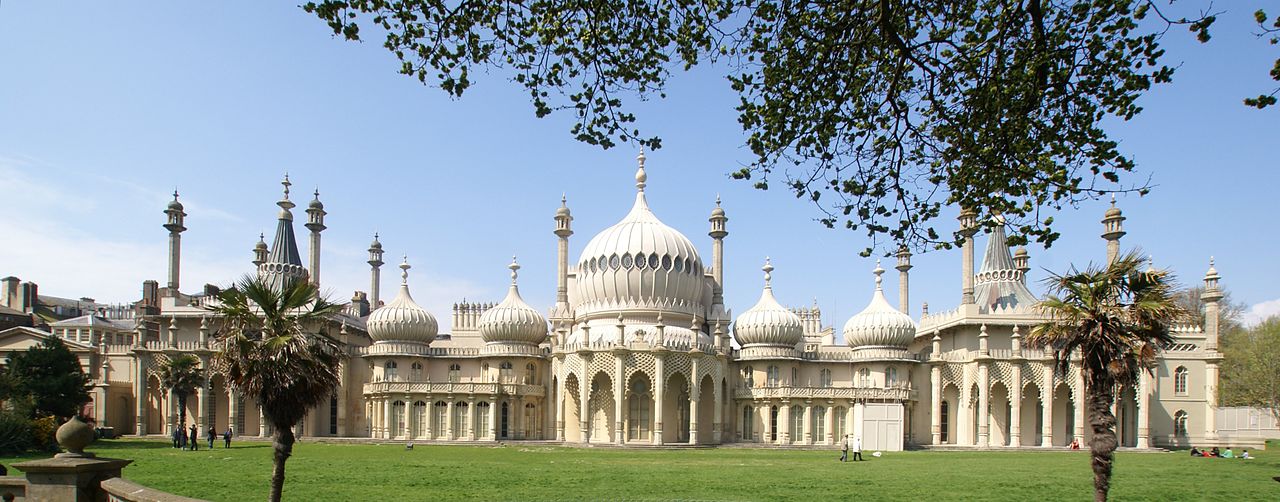General election: What are the marginal seats that could decide 2019 vote?
The influence of Brexit on voting patterns could see some unexpected constituencies change hands
Your support helps us to tell the story
From reproductive rights to climate change to Big Tech, The Independent is on the ground when the story is developing. Whether it's investigating the financials of Elon Musk's pro-Trump PAC or producing our latest documentary, 'The A Word', which shines a light on the American women fighting for reproductive rights, we know how important it is to parse out the facts from the messaging.
At such a critical moment in US history, we need reporters on the ground. Your donation allows us to keep sending journalists to speak to both sides of the story.
The Independent is trusted by Americans across the entire political spectrum. And unlike many other quality news outlets, we choose not to lock Americans out of our reporting and analysis with paywalls. We believe quality journalism should be available to everyone, paid for by those who can afford it.
Your support makes all the difference.A general election is a nationwide ballot, but in reality the UK’s first-past-the post system means the outcome is decided in a few dozen swing seats which change hands.
This means parties will target resources and efforts at winning or defending ultra-marginal seats decided by small majorities in 2017, starting with the Scottish National Party’s North East Fife, where Stephen Gethins won the country’s smallest majority of just two votes, and Perth & North Perthshire (majority 21), Labour’s Kensington (20) and Newcastle-under-Lyme (30) and Conservatives’ Southampton Itchen (31) and Richmond Park (45).
But this election could be very different from those which came before, with the shadow of Brexit hanging over the poll and shaking up traditional party loyalties.
And there are more marginal seats than usual up for grabs this year because so many constituency results were very close in 2017, with 51 having a majority of less than 2 per cent and almost a quarter less than 10 per cent.
Here are some of the key battlegrounds where the 12 December election will be fought:
Labour Leave seats:
Boris Johnson is basing his strategy on breaking through the so-called “Red Wall” and gaining Leave-backing seats in traditionally Labour areas, where he hopes voters will turn away from Jeremy Corbyn over his stance on Brexit. But Nigel Farage’s refusal to stand down Brexit Party candidates may make it an uphill struggle for Tories.
The Onward think tank identified a set of potentially decisive seats in “rugby league towns” like Wigan, Wakefield, Castleford and Dewsbury embodied by “Workington Man” – a white, working-class, traditional Labour voter who wants good public services and secure jobs and is unhappy with the dominance of London and delays in delivering Brexit. Tories are also targeting Labour seats in the Midlands like Ashfield, Bassetlaw, Dudley North and even Bolsover, represented by Dennis Skinner since 1970.

The Remain-backing south-east:
Liberal Democrats are hoping for breakthroughs in London and the South-East, where traditionally Conservative seats delivered some of the strongest votes to Remain in the EU in the 2016 referendum. They believe Jo Swinson’s promise to revoke Brexit will appeal to the business community and believers in economic stability who fear the impact of cutting ties with the UK’s biggest trading partners. Lib Dems believe they can leapfrog Labour to take former Conservative strongholds like Kensington, Cities of London and Westminster and Wimbledon. They say that internal polling has indicated “seismic” shifts from Conservative to Lib Dem in true-blue commuter-belt seats like Wokingham and South Cambridgeshire and are hopeful of taking Remain-backing St Albans.
The Unite to Remain seats:
Lib Dems, Greens and Plaid Cymru forged a pact to stand down candidates in 60 key constituencies in England and Wales in the hope of maximising the chances of anti-Brexit victories. But in reality, few of the seats are likely to deliver upsets, with best chances of a Lib Dem breakthrough in Guildford – where former Tory minister Anne Milton may split the right-of-centre vote by standing as an independent – Richmond Park, Cheltenham and Winchester. Greens will hope to hold onto Caroline Lucas’s Brighton Pavilion and challenge on the Isle of Wight, but co-leader Jonathan Bartley wlll struggle to seize Dulwich and West Norwood. Plaid’s hopes of gaining Ynys Mon and holding on to Arfon and Dwyfor Meirionnydd are boosted by the Remain alliance. Meanwhile, Lib Dems are separately standing aside to aid the chances of europhile former Tories Dominic Grieve in Beaconsfield and Anna Soubry in Broxtowe.

The South-West:
After suffering a wipe-out in 2015, Lib Dems were hoping to re-establish a hold in their one-time heartland in the South-West of England, where targets include St Ives, Devon North and Cornwall North. But Nigel Farage’s decision not to stand Brexit Party candidates in Tory-held seats has dealt a heavy blow to their chances in a largely Leave-supporting region.
Scotland:
Nicola Sturgeon hopes to bolster her hopes of a second independence referendum in 2020 by reasserting Scottish National Party dominance over the 59 seats north of the border. Having taken 56 seats in the 2015 poll, the SNP fell back to 35 two years later and will want to reclaim the bulk of the Tories’ 13 seats and the seven held by Labour. Most vulnerable seats are Stirling, where Tories have a majority of just 148, and Rutherglen and Hamilton West, taken by Labour by just 265 votes in 2017.
Northern Ireland:
A lot may depend on whether the Brexit-backing Democratic Unionist Party hangs on to its 10 seats, which allowed it to form a partnership with Tories to prop up Theresa May’s minority administration after the 2017 poll. An unofficial pact between the SDLP and Sinn Fein could cost the DUP some seats – including deputy leader Nigel Dodds in North Belfast. But Arlene Foster’s party will hope to gain the North Down seat of pro-Remain independent Sylvia Hermon, who is standing down.
Based on the results of the 2017 general election, here are the top target seats for the main parties:
Conservatives:
- Perth and North Perthshire (SNP, majority of 21 in 2017)
- Kensington (Labour, 30)
- Dudley North (Labour, 22)
- Newcastle-under-Lyme (Labour, 30)
- Crewe and Nantwich (Labour, 48).
Labour:
- Southampton Itchen (Con, 31)
- Glasgow South West (SNP, 60)
- Glasgow East (SNP, 75)
- Arfon (Plaid Cymru, 92)
- Airdrie and Shotts (SNP, 195).
Scottish National Party:
- Stirling (Con, 148)
- Glasgow North East (Lab, 242)
- Kirkcaldy and Cowdenbeath (Lab, 259)
- Rutherglen and Hamilton West (Lab, 265)
- Midlothian (Lab 885)
Liberal Democrats:
- Fife North East (SNP, 2)
- Richmond Park (Con, 45)
- Ceredigion (Plaid Cymru, 104)
- St Ives (Con, 312)
- Sheffield Hallam (Lab, 2,125)

Join our commenting forum
Join thought-provoking conversations, follow other Independent readers and see their replies
Comments